In today’s world, every little step we take towards being kinder to our planet makes a big difference. Imagine turning your home into a cozy, eco-friendly haven where every corner tells a story of care and responsibility towards Earth. It’s not just about saving money; it’s about saving our future, one DIY project at a time. From lighting up your rooms more wisely to saying no to unnecessary waste, there are so many simple yet powerful ways we can make our daily lives a little greener.
Switch to Energy-Efficient Light Bulbs

Traditional incandescent light bulbs consume an excessive amount of electricity and need to be replaced more often than their energy-efficient alternatives, such as LED bulbs. By switching to energy-efficient light bulbs, you significantly reduce the amount of energy used in your home, leading to lower carbon emissions from power plants and reduced resource consumption for manufacturing and shipping replacement bulbs.
Reuse Scrap Paper

Before recycling paper or throwing it away, consider reusing it for notes, grocery lists, or wrapping paper. This practice reduces the demand for new paper, thereby saving trees, which are crucial for absorbing CO2 from the atmosphere. It also decreases the energy and water used in paper production, contributing to a lower carbon footprint.
Start a Compost Bin
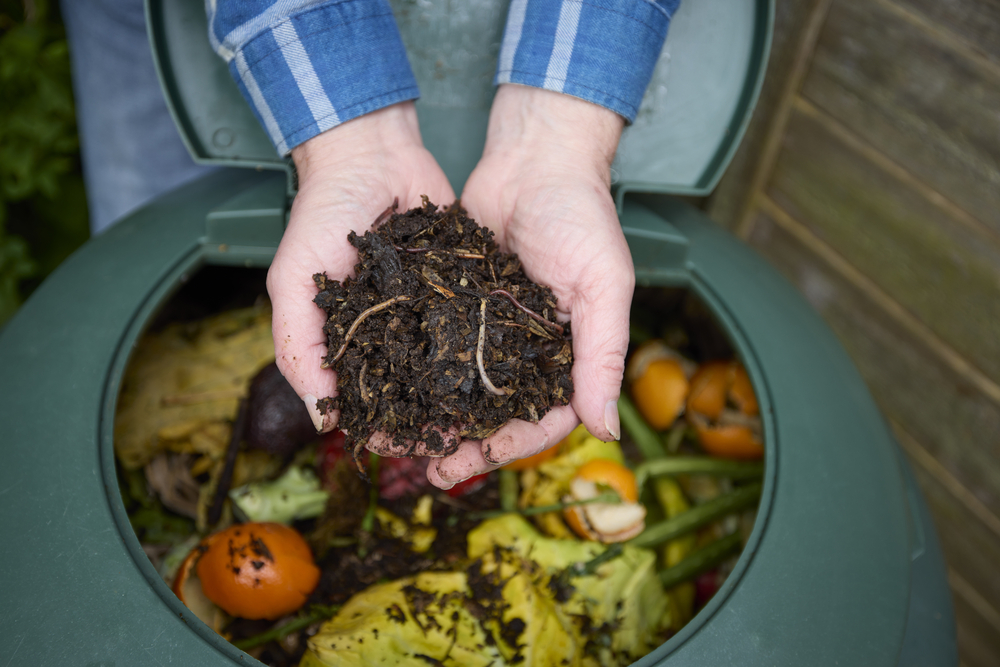
Composting organic waste such as food scraps and yard trimmings reduces the amount of waste sent to landfills, where it produces methane, a potent greenhouse gas. By composting, you not only reduce greenhouse gas emissions but also create a valuable natural fertilizer for your garden, enhancing soil health and reducing the need for chemical fertilizers.
Support Local Farmers
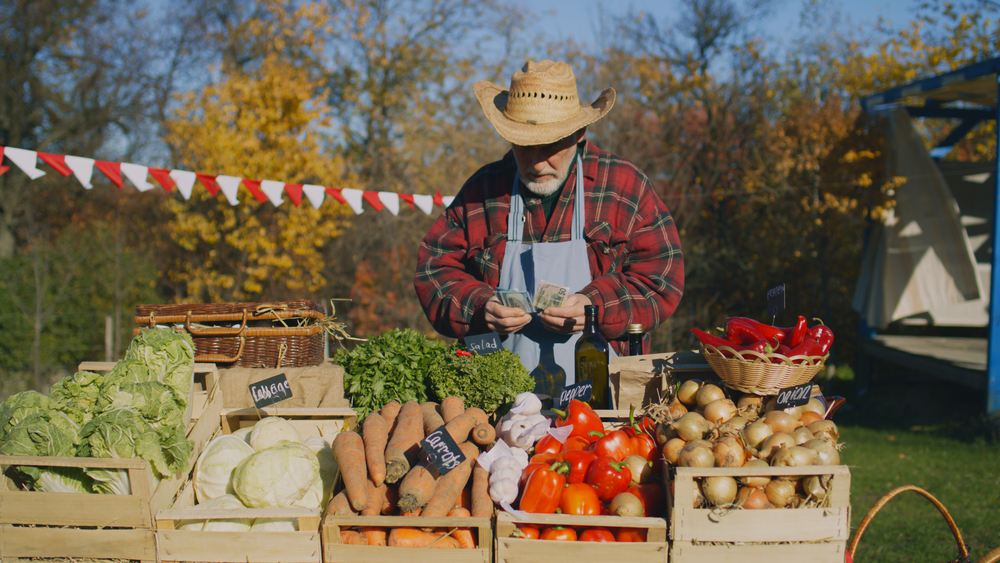
Buying from local farmers means your food travels shorter distances to reach you, significantly reducing transportation emissions. Local produce is also more likely to be grown using sustainable practices compared to mass-produced farm goods. This not only supports your local economy but also reduces your carbon footprint associated with food consumption.
Use Reusable Cloth Towels

Opting for reusable cloth towels instead of paper towels for cleaning reduces the demand for paper, conserves trees, and decreases the energy and water used in paper production. It also cuts down on waste production and the carbon emissions associated with manufacturing and transporting disposable paper towels.
Make Your Own Cleaning Products

Many commercial cleaning products contain harmful chemicals and come in single-use plastic containers. By making your cleaning products from natural ingredients like vinegar, baking soda, and lemon, you reduce the use of harmful chemicals, minimize plastic waste, and cut down on the carbon emissions from the production and transportation of these products.
Create a Backyard Garden
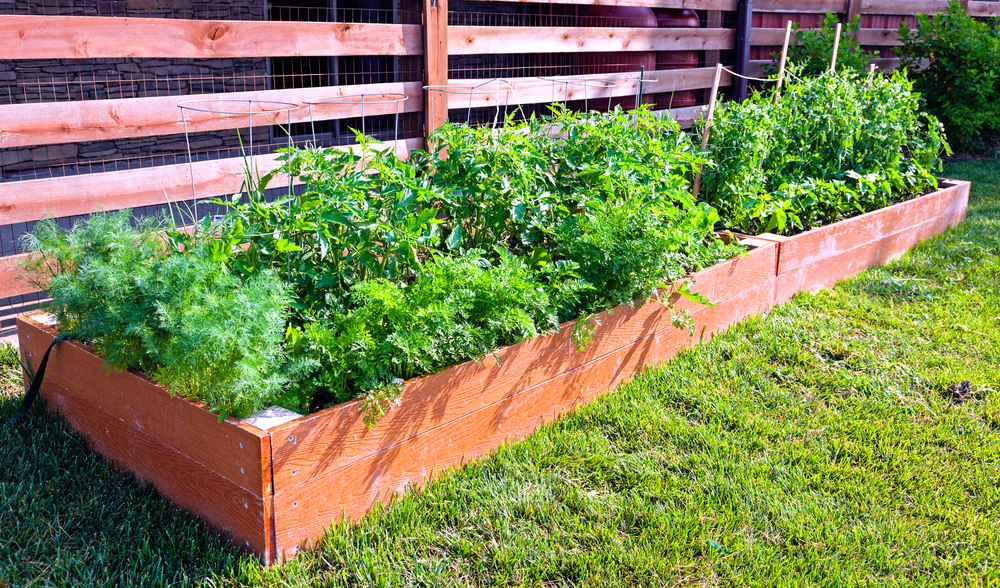
Growing your fruits, vegetables, and herbs reduces the need for store-bought produce, which often travels long distances and is packaged in plastic. Gardening also absorbs CO2, provides a habitat for wildlife, and can improve your home’s energy efficiency if plants are positioned to provide shade or wind protection.
Use a Rain Barrel
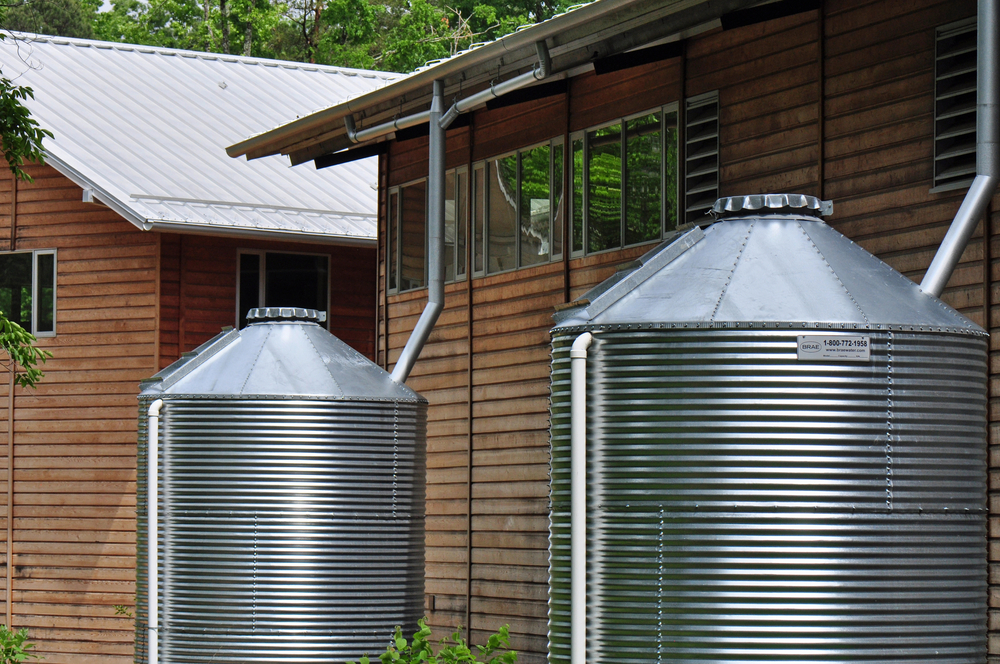
Collecting rainwater to use in your garden or for outdoor cleaning tasks reduces the demand for municipal water supplies and decreases the energy used in water treatment and transportation. It also helps in managing stormwater runoff and protecting local waterways from pollution.
Pick Water-Based Paint
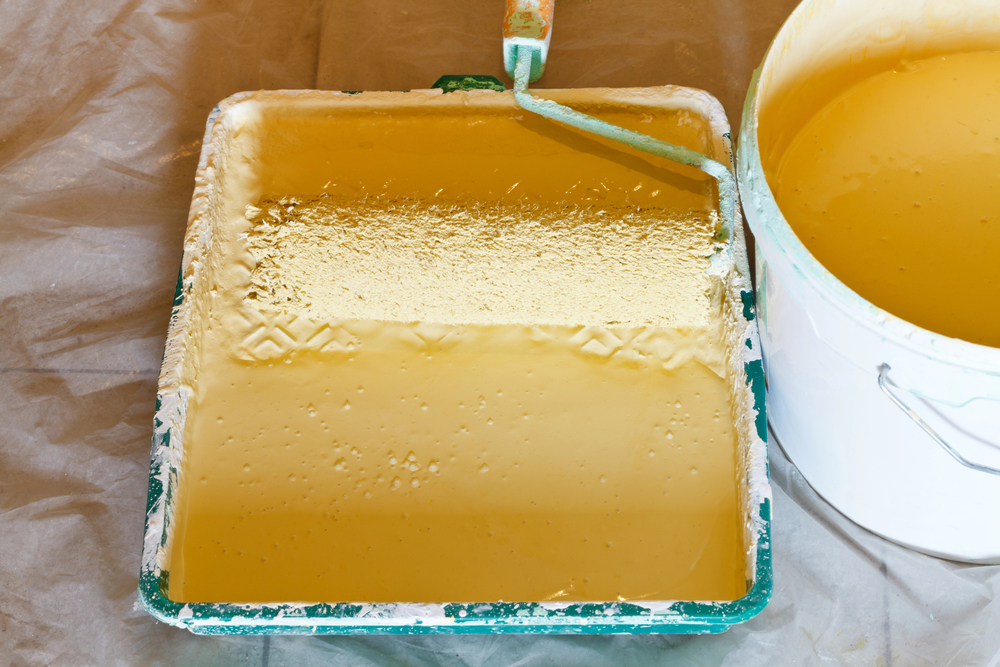
Water-based paints, also known as latex paints, have lower levels of volatile organic compounds (VOCs) compared to oil-based paints. VOCs contribute to air pollution and can lead to health issues. Using water-based paint improves indoor air quality and reduces environmental pollution.
Add Extra Insulation

Improving the insulation in your home can significantly reduce the energy needed for heating and cooling, leading to lower carbon emissions and energy bills. Effective insulation keeps your home warmer in winter and cooler in summer, reducing the need for energy-intensive temperature control.
Avoid Single-Use Shopping Bags

Reusable shopping bags significantly cut down on the pollution and waste associated with single-use plastic bags. They reduce the demand for plastic, which is derived from fossil fuels, and decrease the litter and pollution affecting our landscapes and oceans.
Avoid Buying Bottled Water

Using a reusable water bottle instead of buying bottled water reduces plastic waste and the carbon emissions associated with producing and transporting plastic bottles. It also decreases the amount of plastic ending up in landfills and oceans, where it can harm wildlife and ecosystems.
Minimize Leftover Food

Planning meals and storing food properly can significantly reduce food waste. When food is wasted, not only are the resources used to produce, transport, and package it wasted, but food rotting in landfills also produces methane. By minimizing food waste, you reduce these emissions and conserve resources.
Use Solar-Powered Outdoor Lights
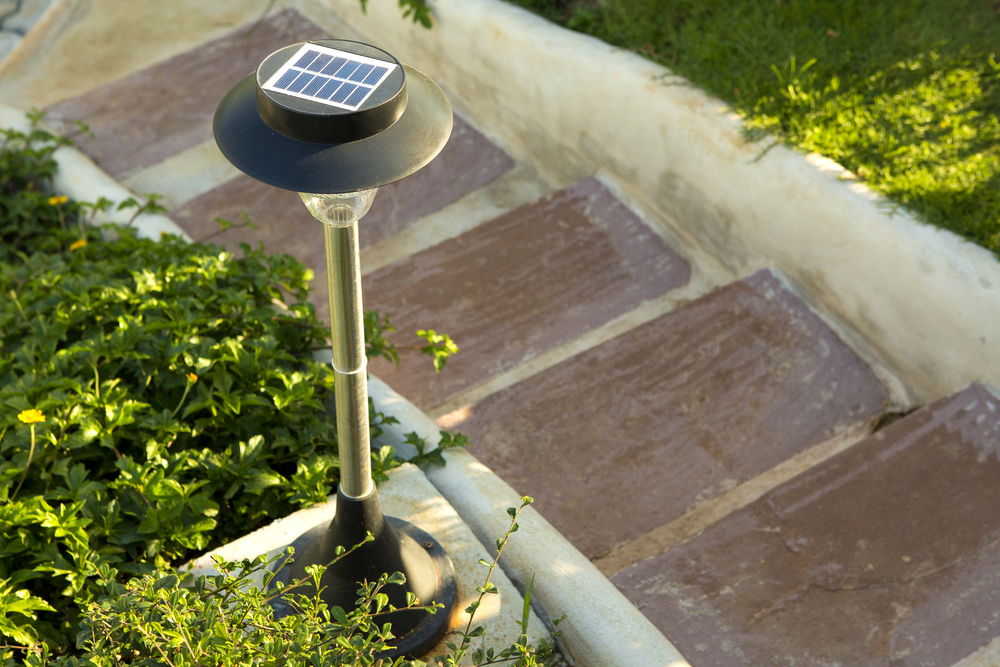
Solar-powered lights for your garden or pathway reduce reliance on grid electricity, most of which is still generated from fossil fuels. These lights use renewable energy from the sun, cutting down on your carbon footprint and providing a sustainable lighting solution.
Invest in a Programmable Thermostat

A programmable thermostat helps in efficiently managing your home’s heating and cooling systems, ensuring they are used only when needed. This reduces energy consumption and associated carbon emissions, while also saving on energy costs. This article originally appeared on UnifyCosmos.
More from UnifyCosmos
17 Signature Drinks From Different Countries

Discover 17 signature drinks from around the world, each offering a unique taste of culture and tradition. Read more!
15 Proverbs From Around the World on Wisdom and Understanding

Embark on a global journey of wisdom with our collection of 15 proverbs from diverse cultures. Read more!
21 Iconic Desserts From Around the World

Explore 21 iconic desserts from around the world, each representing a unique culinary tradition. From rich and creamy delights to light and airy confections, these treats offer a delicious glimpse into global flavors and traditions. Read more!
Leave a Reply